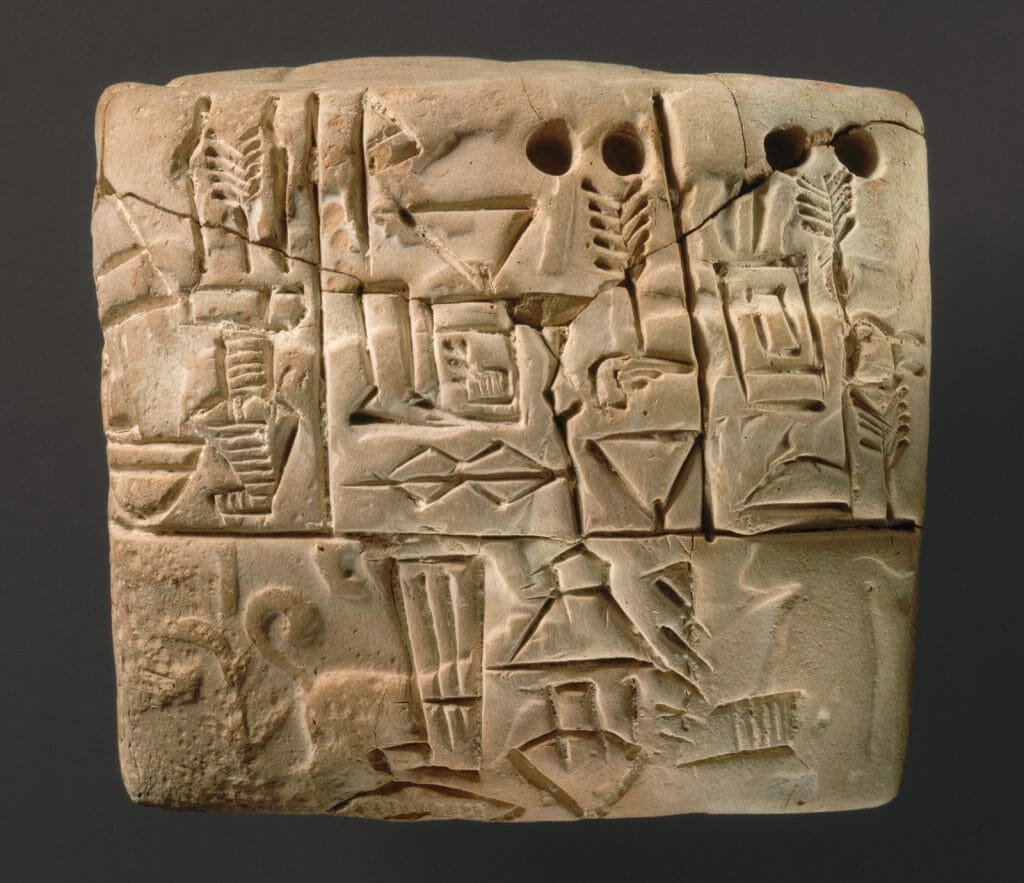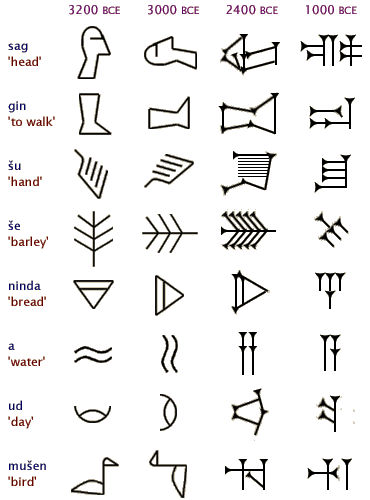The history of graphic design may sound boring to some but piques the interest of others to not only see the art but to also understand its origin. These people would agree that the history of graphic design is worth tackling—even in the modern era.
The world we live in today thrives on visuals. Except, not all of us know where it started. This is why in this article, we will give you an overview of how discoveries and inventions of the past helped shape the future of graphic design we know today.
But before we go further, let’s start with the most basic question—what is graphic design?
What is Graphic Design?

In short, graphic design is all about communicating through visuals. Anyone can engage and inform a group of people just by combining several elements such as text, images, colors, and shapes.
Graphic designers today use trends, behavior study, and color psychology as a basis for their art. By using this strategy, they can seamlessly attract and communicate with a targeted audience to enhance their chances of conversions.
This is no different from the way prehistoric men used to communicate in the early years. As a way of communicating through imagery, design elements were also combined to speak on behalf of the artist.
Where it all started: Cave Paintings
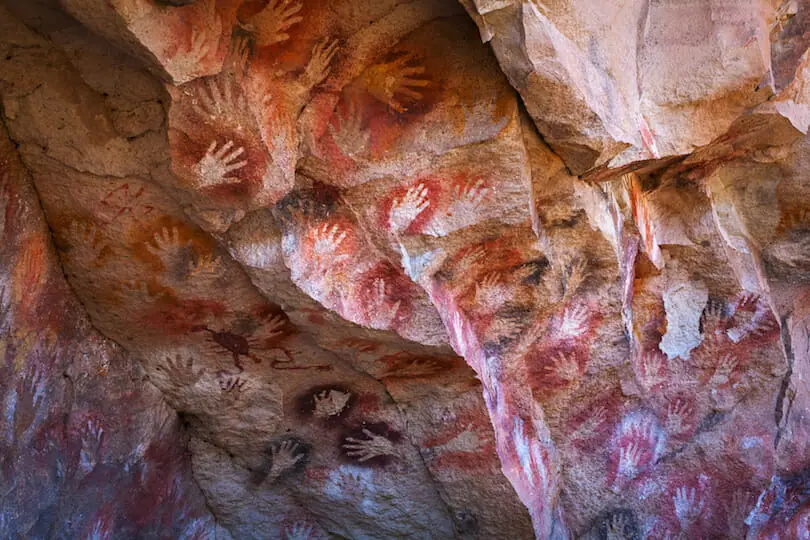
“Cueva de las Manos or Cave of the Hands is located in an isolated area in the Patagonian landscape of southern Argentina.” Image from Touropia
The history of graphic design started in 38,000 BCE, during the prehistoric era.
Studies have shown that even before the invention of graphic design tools and gadgets, humanity already has displayed a gift for communicating through art called “cave paintings.”
Cave paintings are engravings found in cave walls and ceilings that date back to the Ice Age 40,000 to 14,000 years ago. In fact, the first cave paintings found by scientists in Altamira, Spain dates back to the Stone Age.

“The Magura Cave is one of the largest caves in Bulgaria. Prehistoric cave paintings decorate the cave walls which date back about 8000 to 4000 years ago.” Image from Touropia
These cave paintings are commonly made out of carbon black and red pigments:
- Ancient people used either burnt bones or charcoal to make carbon black pigment.
- On the other hand, they used red ochre—also known as hematite or iron oxide—to make red pigment. This is the most common chemical compound and widespread coloring tool associated with cave paintings.
Most of the paintings consist of similar subjects. For example weapons, animals, and handprints are commonly found on the wall or ceilings of caves.
Even if it may seem like the ancients used these paintings to communicate from one generation to another, it’s still unclear if they were trying to communicate with a human being or their god.
The First Writing System: Sumerian Written Language
In the history of graphic design timeline, the next form of graphic design is the visual formation of the alphabet.
The Sumerians of Mesopotamia invented the first writing system known to man in c. 3300 to 3000 BCE called “Cuneiform.”
Due to its wedge-shaped style of writing, archaeologists derived the name Cuneiform from the Latin word ‘cuneus’ which means ‘wedge’. These wedge-like characters are made by gently pressing a reed stylus into soft clay to make word signs or pictographs.
The Cuneiform was commonly used to record a variety of information such as personal letters, myths, stories, temple activities, and business trade. Sumerians used pictographs (or icons as we know them today) as graphic symbols to convey different messages through their resemblance to physical objects.
This goes to show that even in the early years, humans can already understand what a symbol stands for despite how complicated it may look.
The Invention of Paper and Chinese Printing

Woodblocks Wei Lizhong used to make a duplicate of the Diamond Sutra, the world’s oldest dated printed book. Photo: Courtesy of Wei Lizhong. Image from SCMP
Experts credit China for having the most discoveries for different types of printing methods as well as the invention of paper.
The invention of Paper
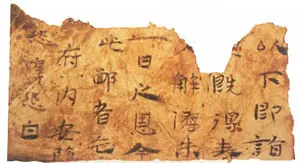
Early Chinese paper. Image from Pinterest
Testaments and rules are just a few of the foundations that created the world we live in today.
Humans in the early years had an urgent need to delegate important information to one another in written form—but their limited resources only allowed them to write in wooden blocks, rocks, clays, leather, silk, and bamboo.
All of these materials were useful for a time, however, they slowly became a problem—either they were too heavy or too expensive to use daily.
It wasn’t until 105 AD when a eunuch court official in China named Ts’ai Lun (or Cai Lun) thought of inventing paper just by using scraps of old rags, tree bark, and fishing nets.
After a few years, a Buddhist priest named Damjing brought the invention of paper to Japan and had widely scattered in different parts of Asia before it spread to the Middle East and Europe.
First Stage of Printing: Woodblock
The first-ever image and scripture printed came from China during the Tang Dynasty in 618-906 AD. Sui Emperor Wen-ti sent an order to print Buddist images and scripture by wooden matrices that they engraved, inked, and pressed onto a sheet of paper.
Second Stage of Printing: Movable

Movable printing. Image from Pinterest
A Chinese artisan and engineer named Bì Shēng invented a movable type of printing in 972–1051 AD.
The movable type utilizes movable components to reproduce written elements of a document usually on paper.
Instead of carving an entire book into one huge block, characters are now carved into small clay blocks that enabled them to save an immense amount of time.
Thanks to Bi Sheng’s invention, printing is now easier for the people in ancient China.
Remembering Ancient Forms
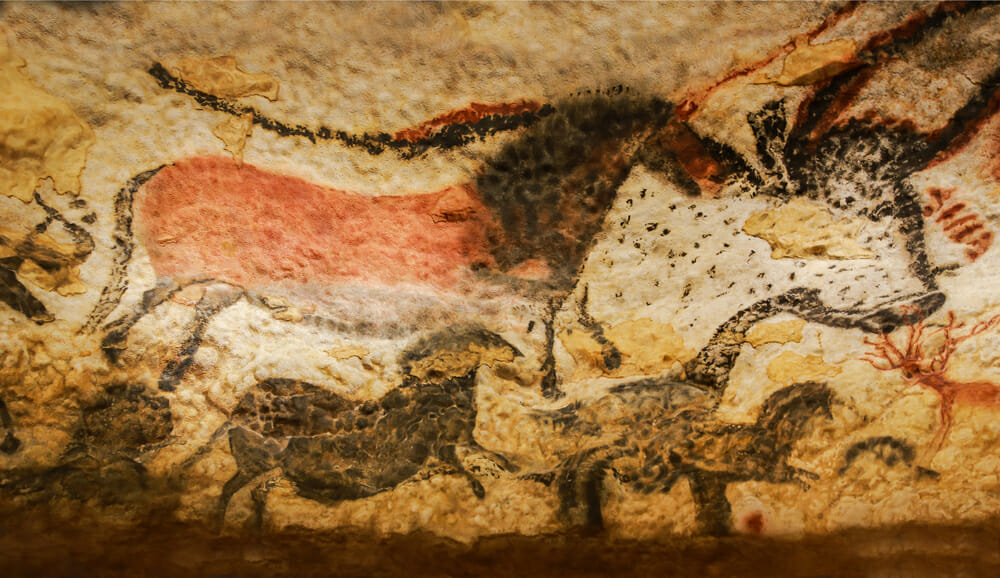
Image from Frontiers Blog
In conclusion, graphic design is a dynamic and broad field.
Nevertheless, new designers don’t even know the origin of the tools and techniques they are using.
For those who work in the creative industry, let’s not forget that all of the modern tools we have today are only made possible through the invention of paper, printing, letters, pictographs, and color pigments by artists that came before us.
Unlimited Graphic Designs with DotYeti
Need help creating a timeless and trendy design? DotYeti’s got you covered!
Take a peek at our pricing page to see the best package that suits your design needs. Can’t find the perfect one? Reach out to one of our Yetis today to create a custom package—just for you.


